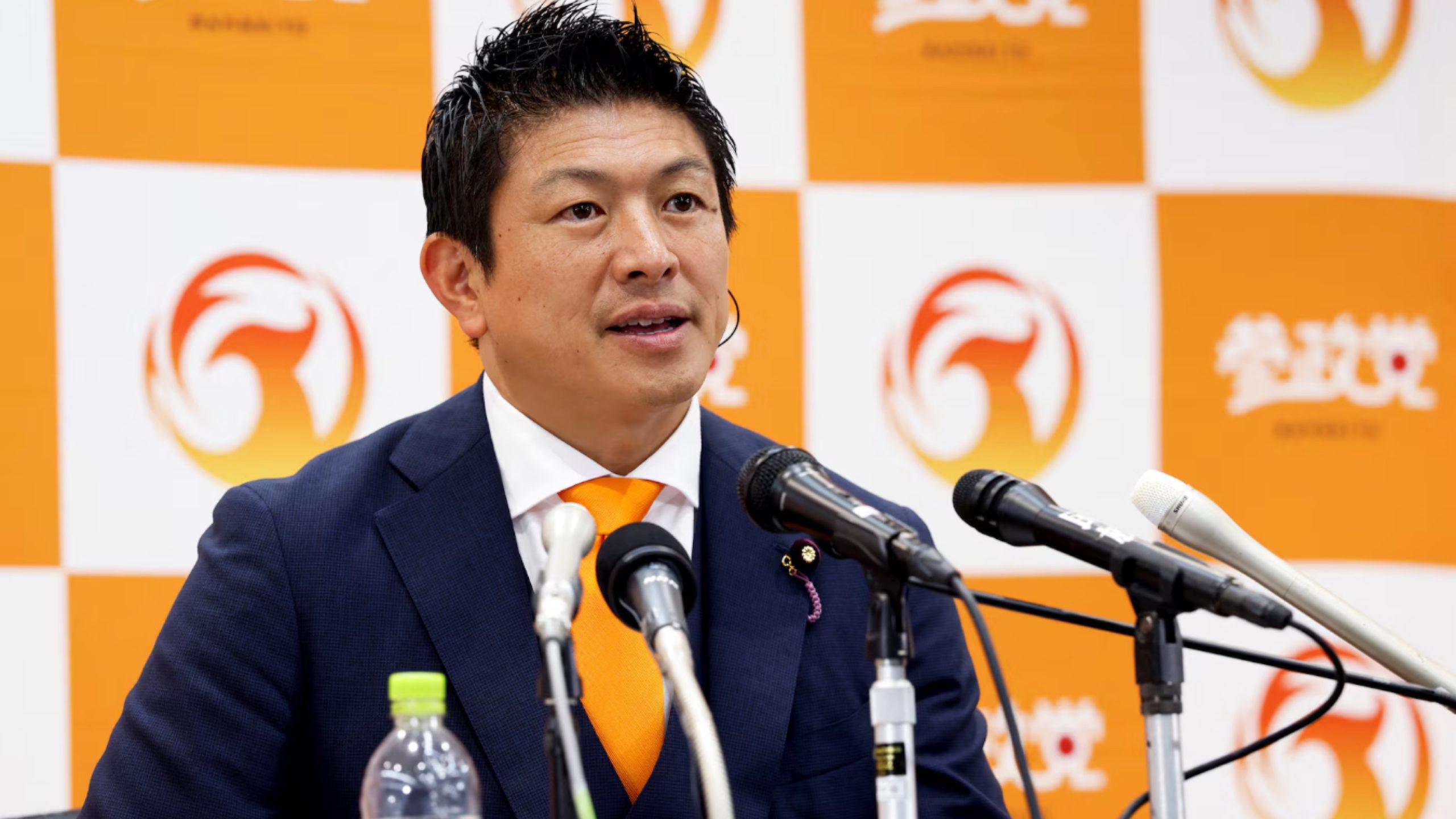The Japanese First Party election results have transformed Japan’s political scene. The far-right Sanseito party, known for its tough anti-immigration stance, made significant gains in the July 20, 2025, upper house election. Sanseito secured 14 seats, emerging as a notable force despite not joining the ruling coalition.
The Liberal Democratic Party (LDP), led by Prime Minister Shigeru Ishiba, and its partner Komeito won 47 seats, falling short of the 50 needed to retain a majority in the 248-seat chamber. This loss weakens Ishiba’s grip on power, following a similar defeat in the October 2024 lower house election.
Sanseito’s Immigration Stance Fuels Support
Sanseito, led by Sohei Kamiya, built its campaign on a “Japanese First” platform. It warned of a “silent invasion” by immigrants and proposed a new agency to manage foreigner policies. This resonated with voters frustrated by rising costs and social changes. Foreign residents, at 3.8 million or 3% of Japan’s population, became a focal point, despite immigration ranking lower than economic concerns like rice prices in polls.
The Japanese First Party election results reflect growing nationalist sentiment. Sanseito’s platform also includes anti-vaccine and anti-globalism views, appealing to younger voters. Posts on X, highlight its rise as a populist force, drawing conservative support away from the LDP.
Voter Turnout and Public Reactions
Voter turnout reached 58.52%, up from 52.05% in 2022, with a record 26 million early ballots cast. This surge, partly due to a three-day weekend, suggests heightened engagement. Some voters, like 25-year-old Yu Nagai, supported Sanseito, feeling Japanese citizens are “disrespected” by policies favoring foreigners. Others, like Daiichi Nasu, backed the Constitutional Democratic Party of Japan (CDPJ) for more inclusive policies.
Political Fallout and Future Implications
Prime Minister Ishiba vowed to stay in office, citing critical tariff talks with the U.S. He acknowledged the “harsh result” and pledged to address voter concerns like inflation. However, the Japanese First Party election results signal discontent, with opposition parties like the CDPJ and Democratic Party for the People gaining 22 and 17 seats, respectively.
Sanseito’s 14 seats limit its legislative power without a coalition. Yet, its visibility may shift national debates on immigration and economic policy. The LDP faces pressure to adapt or risk further losses, as analysts note a growing generational divide favoring populist parties.
The Japanese First Party election results underscore a pivotal moment. Sanseito’s rise challenges Japan’s political establishment, reflecting global populist trends and shaping future elections.





